Audrey Leprince: “Our games are very grounded in our French and European culture”
New Media
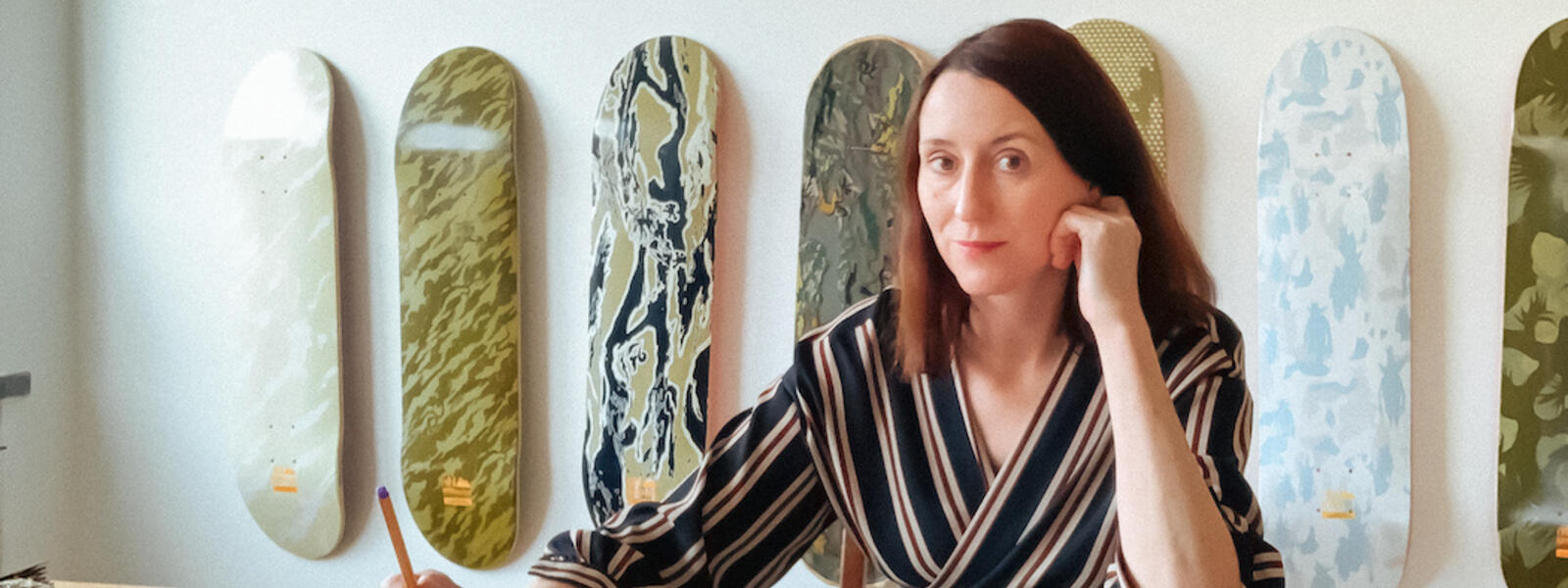
Audrey Leprince (c) Welcome to the Jungle
In 2025, Villa Albertine welcomed five French video game studios for a ten-day learning expedition to Los Angeles and San Francisco, in partnership with the Institut Français and the Occitanie Region.
As a key partner in this transatlantic initiative, the Occitanie Region supports the growth of independent studios that push artistic and technological boundaries. Among them, Montpellier-based The Game Bakers represents a new generation of bold, creative developers. In this interview, Game Bakers co-founder Audrey Leprince talks about their unique journey, how the Occitanie region has shaped their creative identity, and the opportunities offered by the Game Changer program to build strong links with the US market.
Could you introduce yourself and your studio, and share how you got started in the gaming industry?
I’m Audrey Leprince, the co-founder of the studio The Game Bakers that you might know for games like Furi, Haven or Cairn. I started in the industry 25 years ago as a game designer at Quantic Dream, then as a producer at Ubisoft, and 15 years ago we created the studio with Emeric Thoa.
What are your goals for The Game Bakers over the next five years?
We are very happy to create games that are completely original, that feel new and innovative and push ourselves in new directions after each game. You can see our trajectory through very different styles: from bullet hell boss fight game Furi, to romantic comedy RPG Haven, to survival-climber Cairn. Our hope is to continue making impactful games that resonate with players and to do it in great conditions with our fantastic creative team.
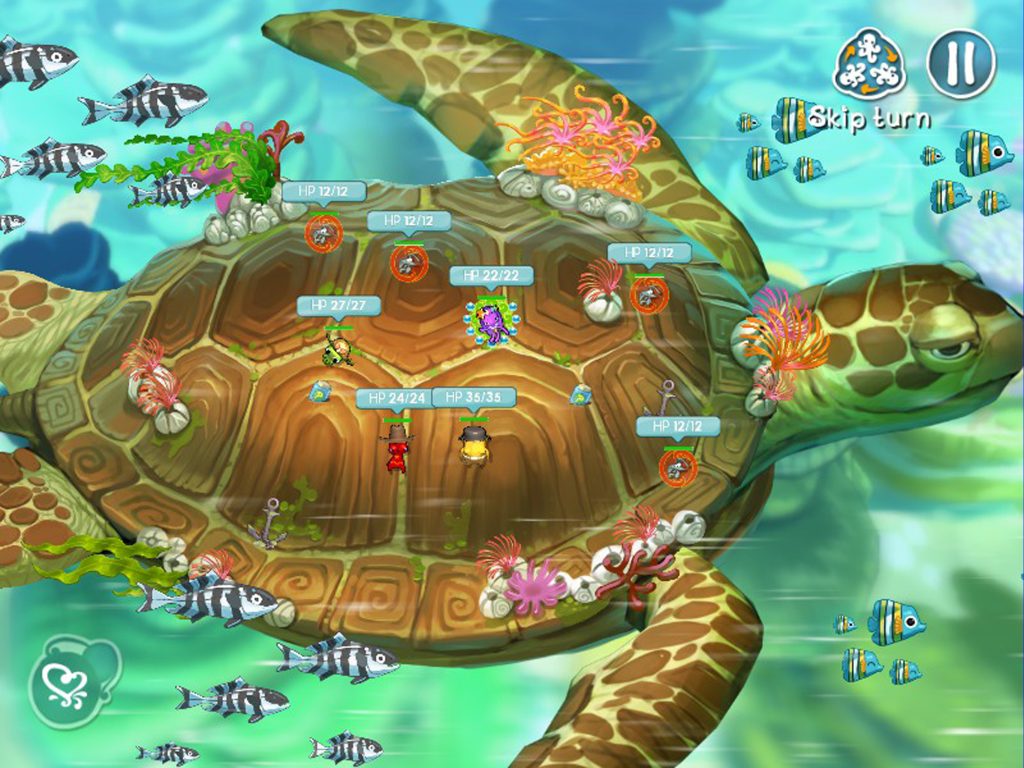
Squids Odyssey – Game Bakers
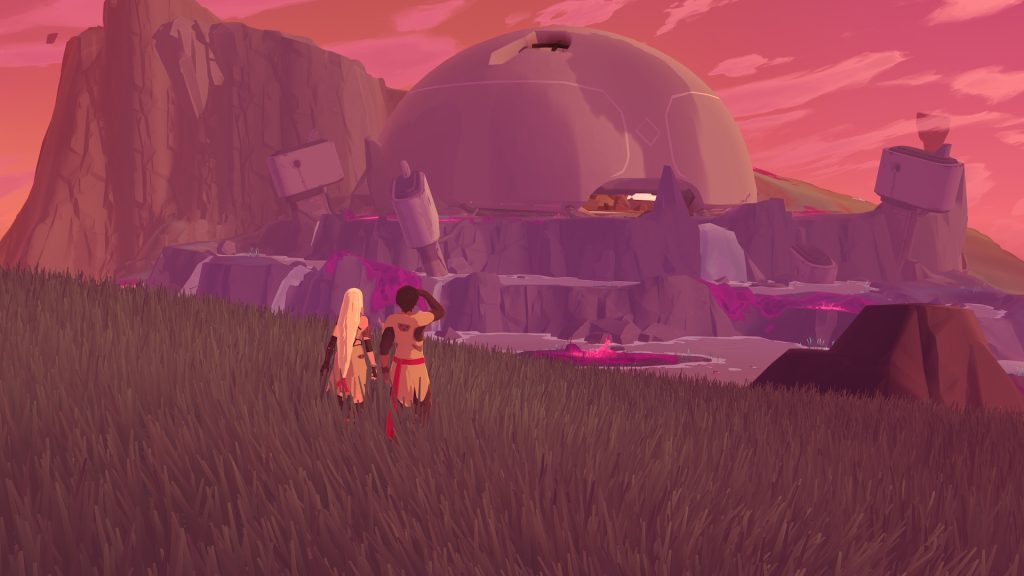
Haven – Game Bakers
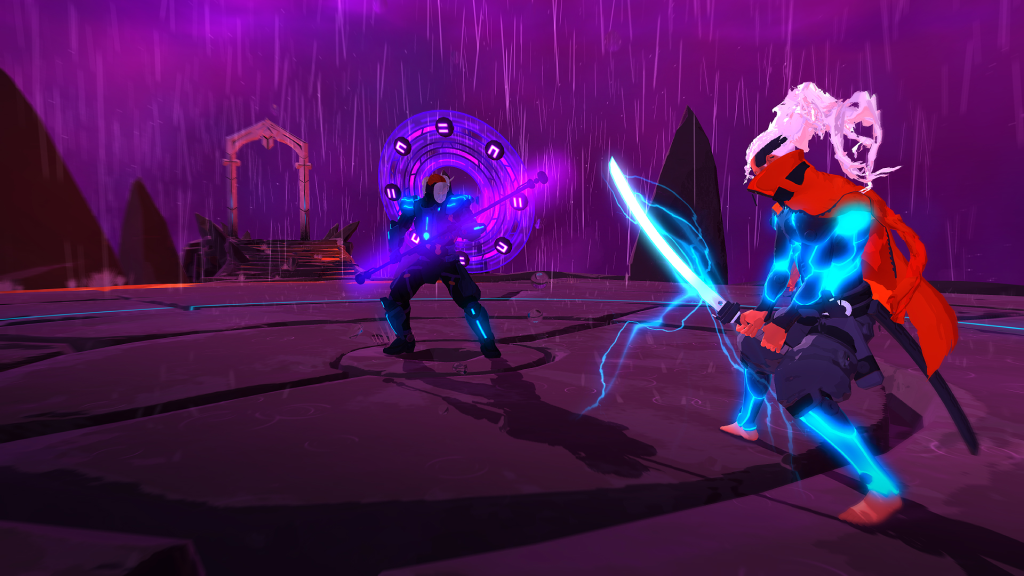
Fury – Game Bakers
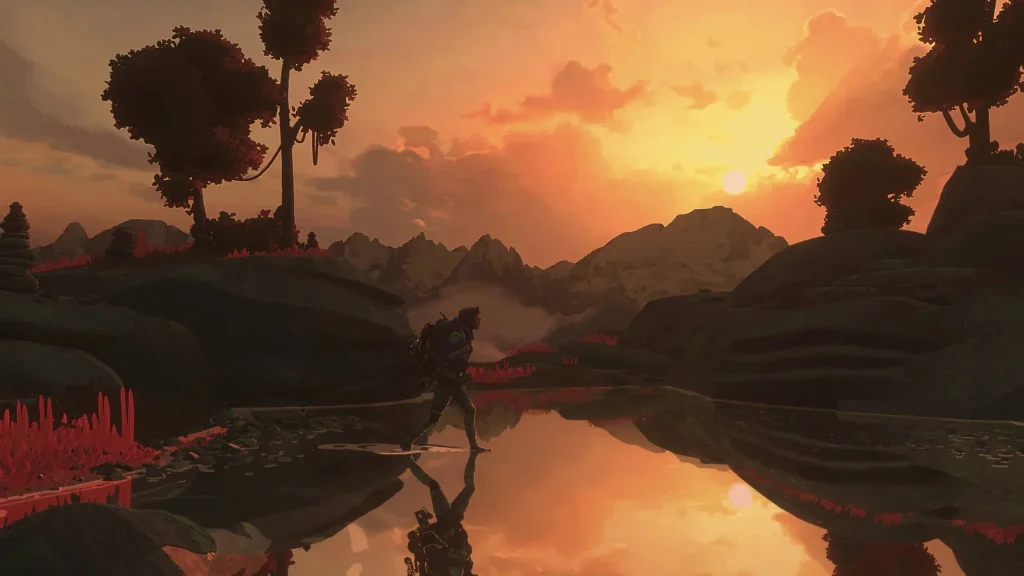
Cairn – Game Bakers
You founded The Game Bakers in 2010. Why did you choose to establish the company in the Occitanie region, specifically in Montpellier? How has the region and the gaming ecosystem supported your studio’s development? Are there many other studios in the area? What do you see as the strengths of the region in terms of gaming and the creative industry?
We have always been since our creation “a studio in the clouds,” with our team working remotely in the regions of their choice across France, Canada, and Sweden. But we decided to locate the studio’s head office in Montpellier as this is the region Emeric Thoa, our co-founder, fell in love with during his time working for Ubisoft. It’s also a very dynamic region for video games, with some amazing creators in the indie scene. Look at the teams who created Stray, or Expedition 33, or Road 96, all indie successes coming from Montpellier… There is also good support coming from video game network association Push Start, from the region or even the city of Montpellier.
Since Ubisoft established its studio in Montpellier in 1994, and with the upcoming opening of Ubisoft’s immersive center at Studios Occitanie in 2025, what do you think makes this region particularly attractive to the gaming industry?
The region is very attractive for the gaming industry because of the quality of the people and studios that are here. You can see it at the Pegases Awards: many of the best games created in France are coming from the region. Ubisoft has played a major role in that, they have brought talent here and are a fantastic training ground for game creators. The quality of the schools is also good, and of course the weather doesn’t hurt.
Your upcoming game Cairn, set to be released on PS5 and PC in 2025, features a mountain climber as the protagonist. Were you inspired by the landscapes of southern France? Does the Mediterranean environment play a role in shaping the worlds you create?
Our team is completely remote so only very few of us live in the Mediterranean region. We also usually work with art directors from across the world and for Cairn it’s Mathieu Bablet, the French comic book artist from Grenoble. For Cairn the inspiration was of course the landscapes of the Alps and the Himalayas as Mount Kami is 9000 m+ and the history of alpinism has been made on those mountains, with some summits from the Americas too. But there is also a bit of the Vercors ridge landscapes in it!
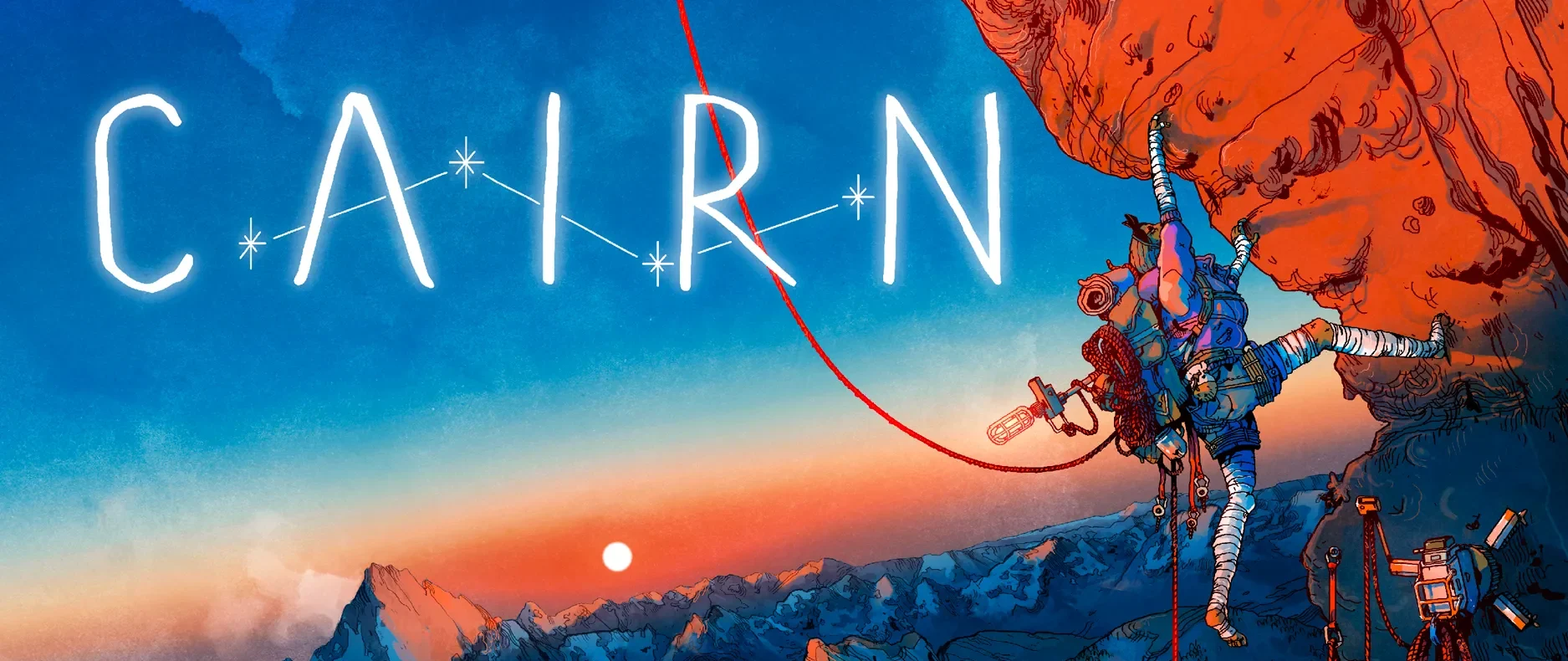
Cairn – Game Bakers
We’re seeing a growing trend in climbing, with people of all ages and skill levels participating in both outdoor and indoor climbing. Have you taken this climbing community into consideration when developing your strategy for attracting potential players?
It’s pretty amazing indeed to see how climbing has taken off with all the climbing gyms opening, climbing in the Olympic Games and in general lots of love and interest for outdoor sports. It’s a trend that we have noticed, and we have also been inspired by a lot of movies or comic books about climbing in recent years. There’s always a question mark of how much of the people who climb also play video games, but so far we have been happily surprised: a lot of actual climbers played Cairn‘s demo and told us how realistic and intense it felt and how close it was to their practice outdoors which was very satisfying to hear.
This game introduces a female protagonist in the new Survival-Climber genre. Was this decision influenced by your commitment to promoting women in the gaming industry, especially through organizations like Women in Games?
As a studio we are committed to make the industry just as equal as possible, and integrate a greater diversity of profiles in the development teams. Our studio is 40% women, we’ve contributed to the creation of Women in Games France and to the fund Wings that funds games by women. But our content decisions are not based on our ideological agenda, it’s more the other way around: we decide the themes and story we want to tell throughout the game, and we craft the strongest elements to make the game resonate with players. For Cairn in particular the character of Aava created by the game art director and writer Mathieu Bablet is what we wanted for the game. With her toughness, her extreme determination, her self-control and her unbeatable will to succeed, she captures the unique personality of climbers. Climbing Mount Kami with her, you will also be inspired and maybe puzzled at how much climbers are willing to risk to achieve their dream.
What strategies have you put in place to prepare for the release of Cairn in the United States? Can you share more about how independent video game companies like yours are received in the US?
The US is still the most important country for us, our games make 40% of their revenue there. It’s a very important territory for us, but the games we make have an universal appeal, they work very well across the world. American players, like in the rest of the world, appreciate indie games for the level of innovation and creativity that they bring. To make sure the game is seen by the American audience, we are present on platforms that are popular there like Steam or PlayStation 5. We also participate in a lot of events, with the game showcased for instance at Summer Game Fest in Los Angeles, or Day of the Devs in San Francisco. We also met with partners in LA and at GDC and we have a partnership with PlayStation, who also has a strong presence in the US.
As part of the Game Changer program, what were the four key takeaways from your experience? What opportunities have you developed as a result, and can you share any synergies that came from it?
I’ve asked Lauranne Cauduro, our marketing manager, who was in the Game Changer program this year. She said that the program was a great opportunity to meet partners in the US and that it makes a difference to meet people in person. We were able to meet up with Sony or Steam, but also meet potential partners for a physical edition of the game. It gave us the opportunity to join events we couldn’t have from France, and Cairn was in both the MIX Spring and Day of the Devs, two events where we got to present the game to the industry, and meet other devs.
Having lived and worked in the United States for an extended period, how do you currently view the US gaming market compared to France?
Western markets like the US, UK, Canada, France, Germany, or Scandinavia are very similar in terms of players’ taste, playing habits, and purchase practices. We can see it in the reports every year analyzing the time spent playing, the age, the games played… There’s no major difference between those territories, it’s more different from countries like Japan, China, Korea, or countries in South America where purchasing power, discovery channels and playing habits and platforms vary greatly.
Looking ahead, do you plan to prioritize inclusivity in your future projects? Do you think the gaming industry is ready to embrace characters with diverse backgrounds and profiles?
With 3.5 billion players across the world, half of them women, the audiences are diverse already. The industry should still strive to be more inclusive, so games reflect better their audiences, but the audiences are ready.
We don’t choose our protagonist based on our ideologic agenda, we choose them to create the most engaging stories and touch players. Inclusivity is not an added thought, it’s more a part of the texture of the works we create because that’s how we see the world, as it is or as we would like it to be.
As a French company and a woman in the industry, are there specific values you wish to promote through your creations? Do you consider the ethical and social impact of your games during the design process?
Our games talk about values and stories that we believe in, that we think are universal and will resonate with a lot of players, but they are still very grounded in our French and European culture, with a hint of Japanese references. Furi, Haven and Cairn are a trilogy about freedom and rebellion, very French in many ways! The freedom to be free from a prison and a system, the freedom to love who you want, and for Cairn the freedom you achieve when you push yourself pass your limits.
We admire teams who create impactful games that will push societal and ethical subjects, games like Wednesdays, Bury Me My Love, or Take us North. But this is not our chosen path. The themes and narrative arcs of our games are of course weighed carefully, but our goal is to touch millions of players with our games, and to leave them with memories they will never forget, to energize them, to make them feel alive and feel good about themselves. And if elevating people a little bit can contribute to a better world, then our dream will be complete.
